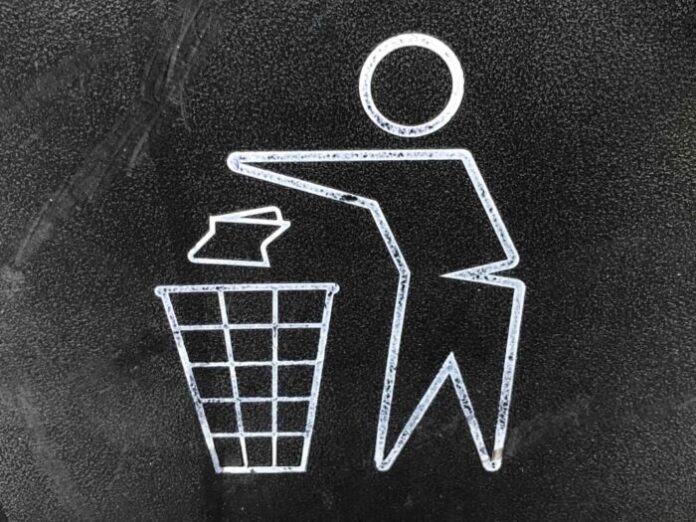
Making a correct separate collection is very important to reduce our impact on the environment. Recycling is the key word for many objects that we use daily however, unlike plastic, metal, paper etc., the waste that ends up in the bin of the unsorted can not be recycled.
Their fate is the landfill. Often they are brought to storage sites or disposed of in incinerators or waste-to-energy plants, plants capable of exploiting the caloric content of the waste itself through combustion to generate heat, heat water and produce energy. This process, although less polluting than in the past, still has a negative impact on the environment and human health.
For this reason, it is essential to differentiate well, giving everything that is recyclable and recoverable in the appropriate bins and throwing into the unsorted dry only those objects that are impossible to recycle.
Below, in collaboration with SmartRicicla, we will offer you a list of all those wastes that should be thrown into the unsorted waste, remembering that there may be small variations from municipality to municipality.
The waste to be thrown into the unsorted waste:
- Packaging and waste dirty of food residues
- Broken toys
- CDs and DVDs
- Sanitary pads and diapers
- Plastic cutlery
- Animal droppings and bedding
- Ash and cigarette butts
- Polystyrene for packaging
- Waste composed of mixed materials
- Brushes, toothbrushes, razor blades
- Markers and ballpoint pen
- Nylon
- Incandescent and halogen lamps (Led ones are considered WEEE)
- Rubber objects
- Powder
- Leather
- films
- Cosmetics
- Synthetic sponges
Unsorted urban solid waste can also be transformed into a secondary solid fuel thanks to a series of special physical and mechanical treatments, which take place downstream of the separate collection and increase the value of the waste, which can be used to produce something different.
The secondary solid fuel is used for energy recovery purposes (electrical and / or thermal energy) in cement factories, incinerators, thermoelectric power plants, lime production plants in steel and gasification plants, in district heating plants for district heating.




































